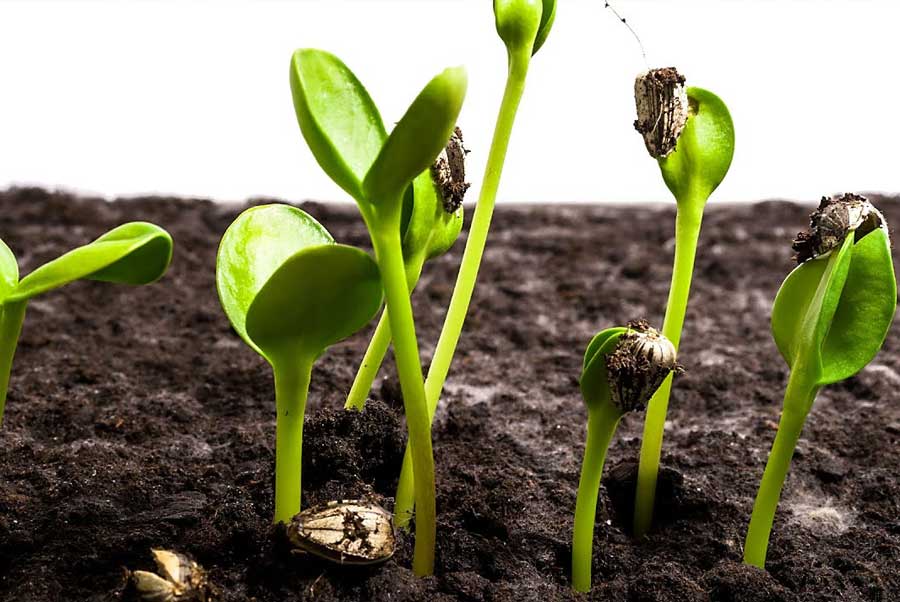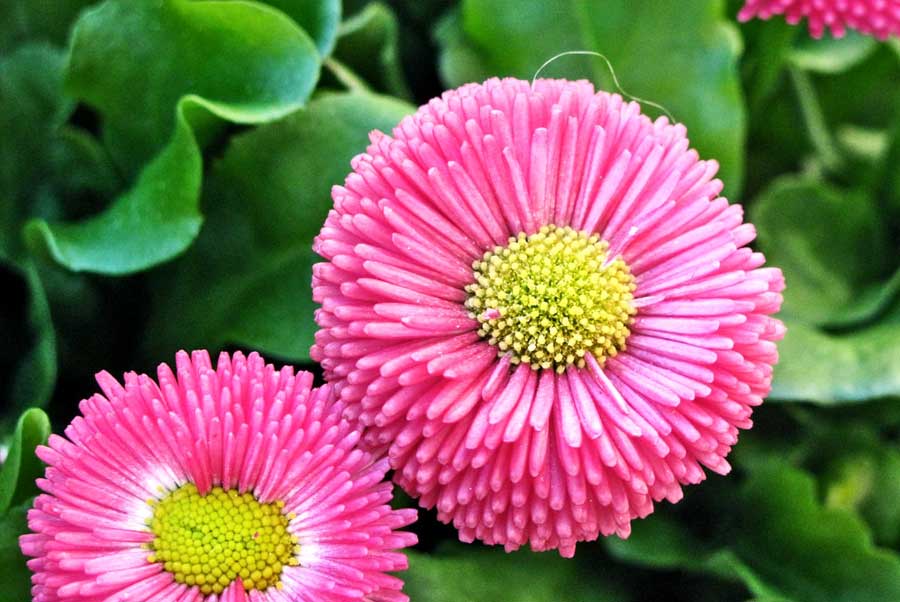Why would your grow your own flowering annuals from seed when they’re readily available as starts at nurseries and big box stores? The answer is cost, selection, and quality.
Sure you can find marigolds and other common annuals as ready-to-plant starts. And they’re relatively inexpensive if you’re just growing a few here and there. But if you’re looking for unusual annuals, either heirlooms or strains of favorites that you can’t get just anywhere, well, then, you’ll have to start them yourself. And if you’re using annuals as borders, say along sidewalks, or filling an entire garden bed with color, then you’ll need a lot of starts and suddenly the cost of those individual plants start to add up. A packet or two that contain enough seed for your needs? Probably $5.00 or less.
Starting annuals indoors is much like starting vegetables from seed. Timing, watering and soil conditions are important. Make sure the containers you choose have enough room for adequate root growth. That will make transplanting your annuals into the garden easier and more successful. Use a well-draining potting mix of your own making — not straight garden soil — or use a commercial potting soil that answers your need for plenty of organic material and other ingredients that allow for good drainage.
Hardy annuals adapt well to cooler temperatures and will even survive gentle frosts. Some hardy annuals, including babies-breath and gaillardia, are hardy and quick-growing enough that it’s not worth starting them indoors (but don’t let that stop you). The more cold-sensitive annuals get a great boost from germinating and getting established indoors.
We’ve found little reliable advice as to when annuals should be started indoors — always check the seed packet for germination times. That’s because of various outdoor frost and growing conditions. Four to six week before the last frost is generally enough time to get most annuals established and ready for hardening off outside. Cosmos are an exception. The seed germinates in five days and begins flowering within a few weeks. We’ve had luck letting cosmos flower indoors and pinching them back, ahead of blossoming, before we took them outside. They are fairly vigorous and didn’t seem to mind the abuse. But do yourself a favor and start them only a couple-three weeks ahead of going outside.

Most annuals require relatively warm soil temperatures — 65 degrees and higher — to germinate. Start them on top of you refrigerator or other warm surface. Or use a heat mat to be sure your seeds get the temperature they need. On the other hand, poppies and sweet peas don’t transplant well so sow them in pots that you can later put outside on the patio or sow them directly in the garden.
Another tricky thing about starting annuals indoors: many seeds, generally the smallest, need light to germinate. They’re planted right on the surface, uncovered by soil. Once germinated, all need good light to grow strongly and not go all leggy on us. This is a common complaint we hear from gardeners who start all types of plants, not just annuals, indoors. Even in a sunny windowsill their plants grew leggy and were weak and prone to stem damage. Lights will eliminate this problem.
Once your seeds have germinated, you want steady growth (another advantage to lights). Keep them moist and as the plants become established, allow the soil in your containers to dry well before watering. Too much watering could cause your flowering annuals to die of damping off. When outdoor conditions merit, harden off your plants using a cold frame or by just setting them outside in a protected area for a few hours each day. Before, transplanting, make sure the soil temperatures, both in pots and the ground ready for transplant, are consistent to avoid shocking your plants.














